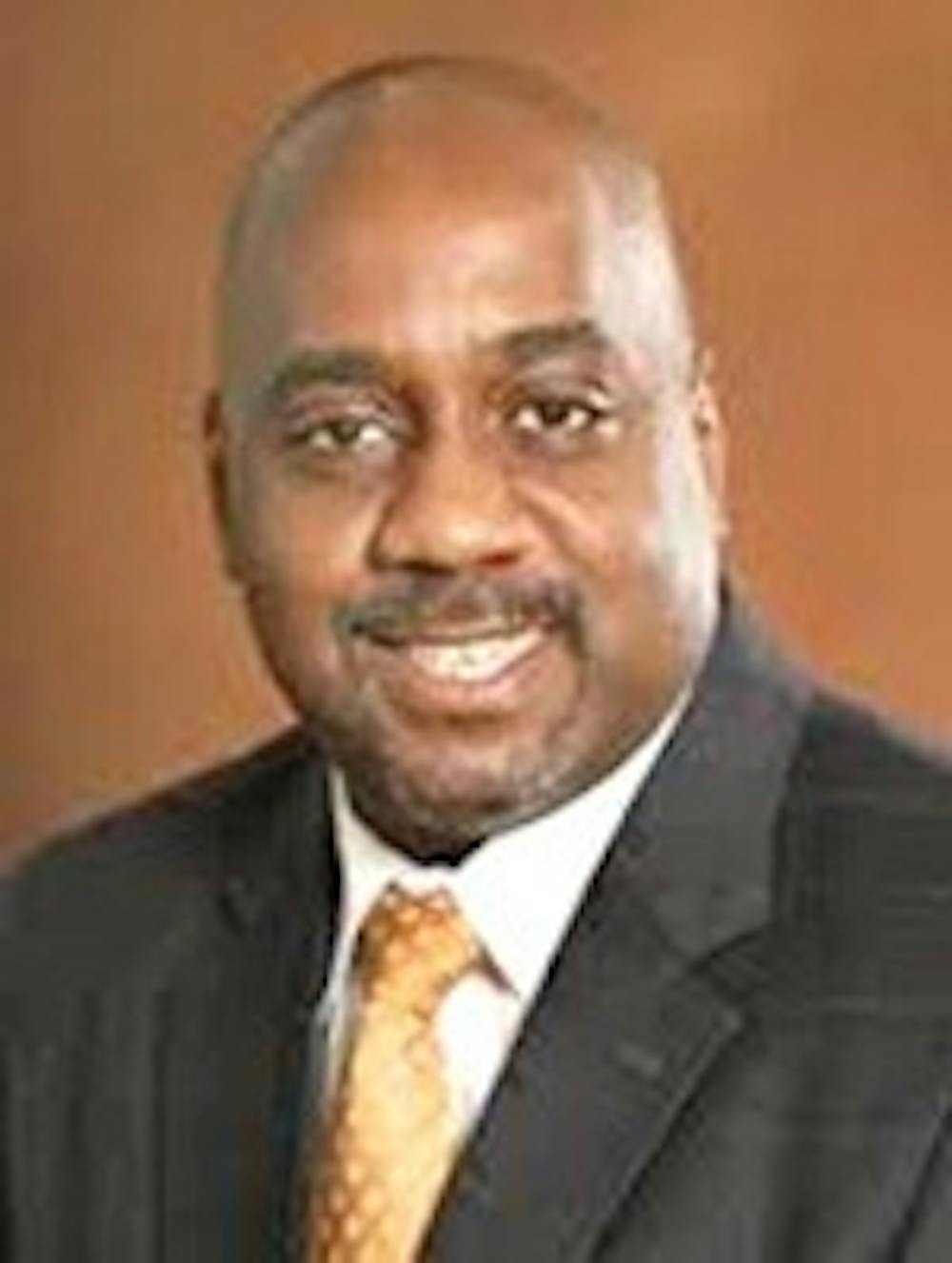VP of Enrollment and Student Services Johnson to step down June 30
Johnson became the first VP of enrollment and student services in 2012
Steven Johnson, vice president of enrollment and student services, will step down from his position to complete his dissertation, according to a May 15 University Communications press release.
Associate Vice President for Student Affairs Tony Voisin will serve as interim after June 30.
Johnson first came to CMU in 1997 as the director of operations and professional development in the College of Extended Learning, which is now Global Campus. He held that position for three years. After leaving CMU in 2000, he held leadership roles at Pace University in New York and Howard University in Washington D.C.
He returned to CMU in January 2012 as the university's first vice president of enrollment and student services. That job was announced in January 2011 when former President George Ross outlined changes he was making to the president's cabinet. The responsibilities of the VP of enrollment and student services are managing enrollment goals, student retention and graduation rates, assisting with marketing responsibilities and keeping CMU competitive with other universities.
"I am honored to have worked for CMU on two different occasions during my professional career," Johnson said in the release. "I have learned so much through my engagement with the quality faculty, supportive staff and outstanding students here at CMU."
Johnson established the Office of Student Success, created the university's first comprehensive enrollment plan, revamped academic advising and created a merit-based financial aid program, which increased first-to-second-year retention rates.
CMU has seen a steady decrease in enrollment since 2010. Total fall semester enrollment fell from 28,086 in 2010 to 21,705 in 2018.
However, persistence rates have increased slightly. First-to-second-year persistence rates have stayed mostly the same, but third-year persistence rates increased from 68.7 percent in 2012 to 69.2 percent in 2015. Fourth-year persistence rates have also increased from 66 percent in 2012 to 68.2 percent in 2014.




